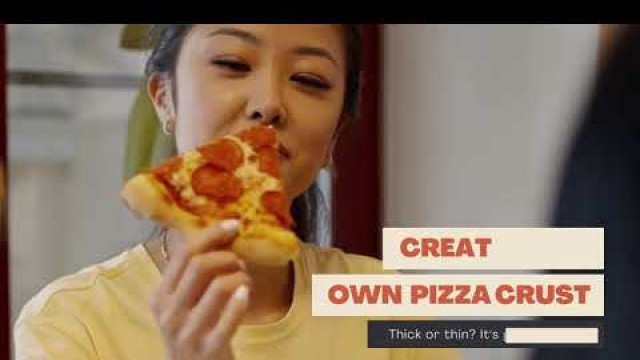

00:24
Mar 13, 2022
1
0
'Category Strategies Must Incorporate the Online Shopper and Their Preferences While shortages and empty aisles may soon be a distant pandemic memory, omnichannel shopping is here to stay. Curbside grocery pickup wasn’t new, but it was exposed to a broader customer base during COVID. First-time users have seen how wonderfully convenient it can be, and they’re not going back. I’m right there with them. My grocery retailer of choice is a 20-minute drive from my house, but I’ve never stepped foot in its physical store. I shop the retailer’s online platform and it retains my online grocery list, from week to week. The retailer shows me what’s new or on sale based on its knowledge of my buying behavior, making it easy to add incremental items to my cart. Then, I schedule my pickup time, pull up to the designated curbside spot, have my groceries loaded in the back, and I’m on my way home. Here’s my point: If that store looked only at the customer demographics in its immediate area, I’d be completely missed. My preferences and purchases wouldn’t be factored into category planning. But because the retailer mines sales data to understand all of its shoppers, I’m happy to make the 40-minute round trip to be delighted by the convenience and product selection. It’s important to note that it’s not the absence of a curbside offering that pushed me away from my local grocer. Rather, I don’t shop online at the store closest to me because I don’t like the substitutions offered — and that’s tied to assortment. When I’ve shopped online there, I ended up with a bag full of stuff I didn’t really want. Why is this? Because the retailer hasn’t grasped the nuances of in-store and online shopper preferences. My anecdotal story is part of a bigger narrative of consumers rethinking their “new normal” habits, and retailers must refine their categories in response.'See also:


















comments